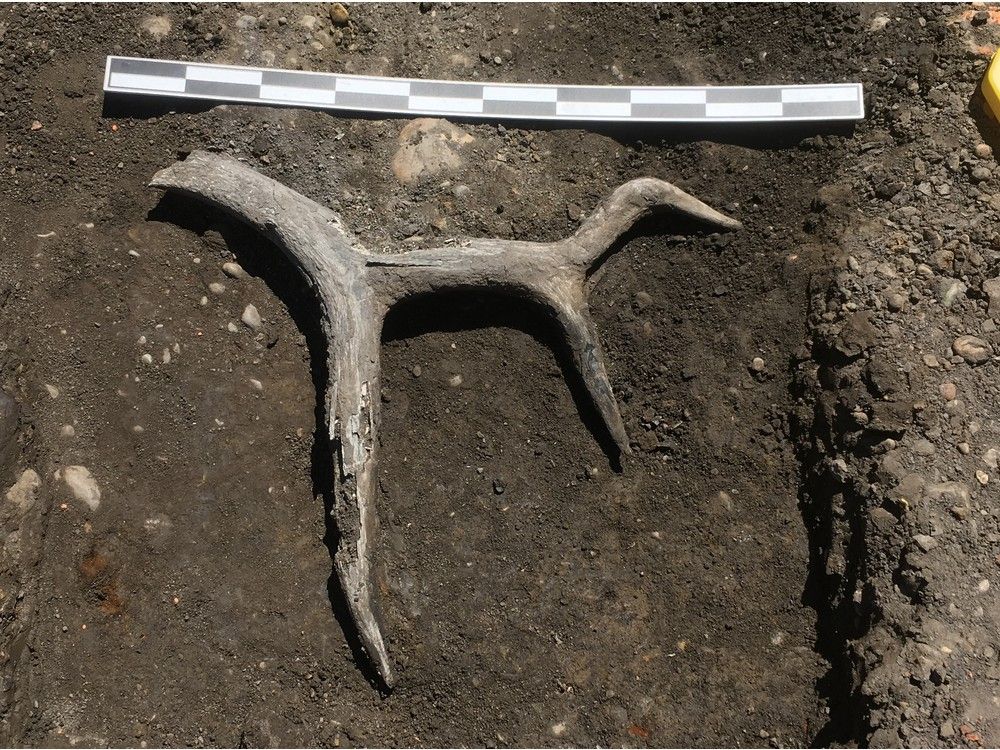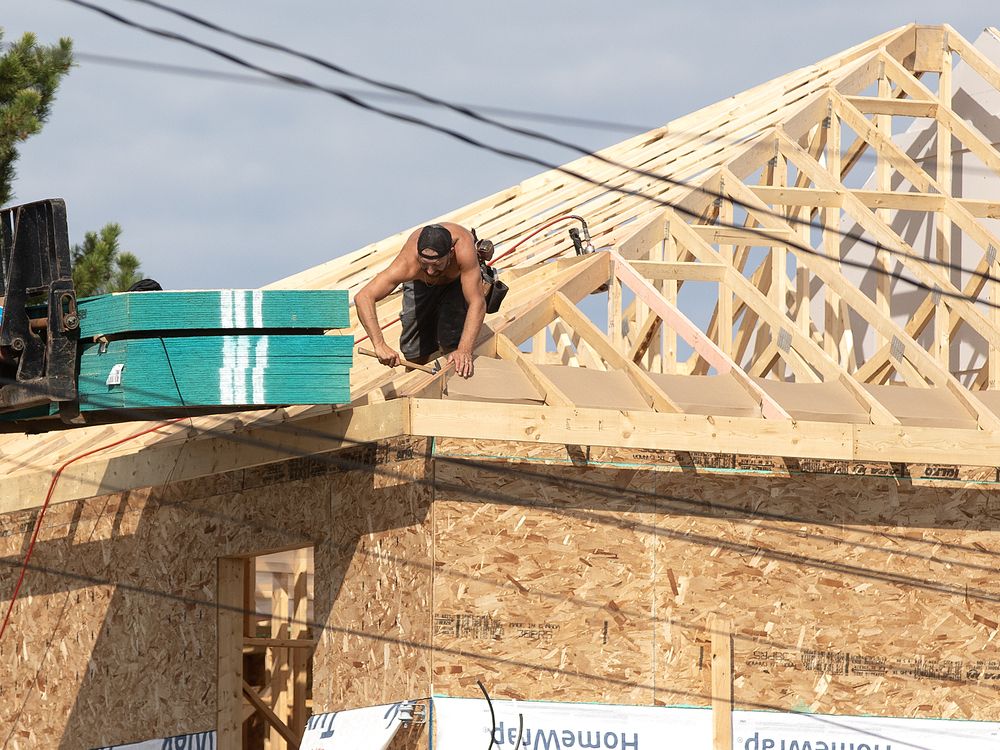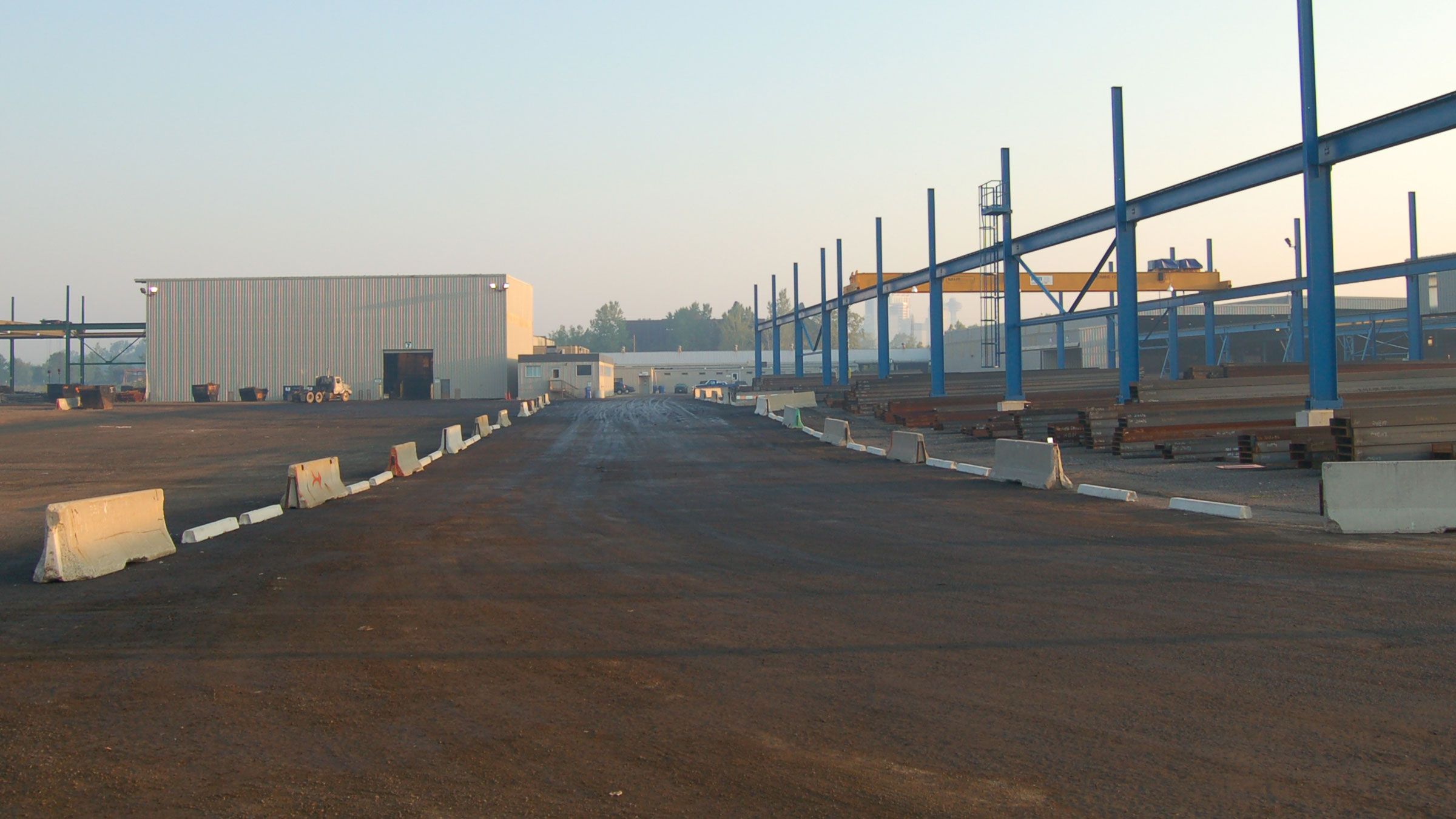What could a $5B government loan program do? Turn Indigenous communities into powerful investors
Downtown Toronto is a long way from most communities where the federal government’s Indigenous loan guarantee program will be put into action, but it’s where the buzz about the new $5-billion program could be heard this week.
“I’m excited,” said Robert Michell, Chief of the Stellat’en First Nation in central B.C., “it changes the game.”
“It’s huge for Indigenous economic reconciliation,” said Jaimie Lickers, senior vice-president of Indigenous markets at CIBC.
Michell and Lickers were speakers and among 500 Indigenous representatives at the seventh annual First Nations Major Project Coalition (FNMPC) conference, which also attracted 1,100 delegates from companies as well as high-profile politicians.
The event was the first time Indigenous leaders from across the country were able to gather and talk about the program, which was announced as part of the 2024 federal budget a week ago.
The initiative will guarantee loans that Indigenous communities take on so they can become partners with industry and invest in resource development and energy projects taking place in their territories. Indigenous advocates and business leaders say the guarantees will be a massive economic driver for their communities.
Transformational potential
With the federal government as a guarantor on loans for Indigenous communities to become equity partners in revenue-creating projects like electrical power, mining or pipelines, many possibilities open up.
The loan guarantee program aims to solve a problem created by the Indian Act, which prohibits Indigenous people from using the value of their land, or property built on it, as collateral, a situation that has made it extremely hard to secure financing.
For Chief Michell, whose community of 200 people is about two hours west of Prince George, B.C., the program could enable his community to invest in part of the Coastal GasLink pipeline, 120 kilometres of which runs through their territory.
It could also allow them to partner in building a wind farm to generate electricity for local industry, a prospect the First Nation has been studying.
They’re the type of investments that could bring the community a stable source of revenue.
“It’s transformational,” said Chief Michell, because it allows Indigenous communities to have “skin in the game” and be true partners in projects that can support their economic independence.
‘Sector-agnostic’ approach gives First Nations choice
Niilo Edwards, CEO of the FNMPC, says the fact that the program is “sector-agnostic” and allows investment in fossil fuel projects is essential.
FNMPC is a non-profit society with over 160 members, all of them First Nations communities.
Edwards says some may decide to invest in an oil and gas project that makes economic sense for their people.
In his view, letting a project “be judged on the worthiness of its business case” and without sector restrictions is central to how the guarantee program supports Indigenous self-determination.

The government has to square the projects approved under the program with its environmental commitments, like the pledge to reach a net-zero economy by 2050.
Edwards said the loan guarantee’s creation comes after about a decade of advocacy and lobbying by his group and others.
“It took a long time for us and our partners to convince the federal government that this was necessary on a national scale.”
The Business Council of Canada, CIBC, Enbridge and others were supporters of the idea.
Three provinces — Ontario, Alberta and Saskatchewan — already have programs of their own, while B.C. announced plans to create one earlier this year.
Edwards says a national program is needed to provide access across the country, and because of the number and scale of projects slated for development.
According to FNMPC, there are some 470 major projects being planned on Indigenous lands across Canada in the next decade.
The group says that represents about $525 billion of investment. About $50 billion of that is Indigenous equity that needs to be financed.
Can the government get the program up quickly?
Both Edwards and Lickers are worried about how quickly the government will be able to get the program running.
FNMPC is involved with several projects that need financing within the next year.
“I’m hoping that the government can, for once, act at the speed of business on this one,” said Edwards, “so that we’re not waiting and putting at risk opportunities that are good deals.”
Lickers said she would love to see the program and the empowerment it represents available by the fall.
“That might be incredibly optimistic,” she said, “but that would be wonderful for our communities.”
“I’m not celebrating the program as a huge progressive leap. I’m celebrating it as a step that creates equity.”
Speaking at the FNMPC conference on Tuesday, Deputy Prime Minister Chrystia Freeland said she wants the program to launch quickly. She also said the government would like to have so many successful applications that the program has to be expanded.





